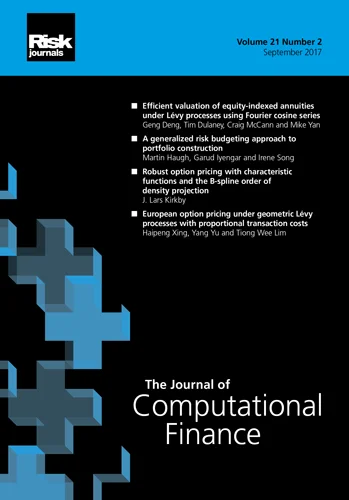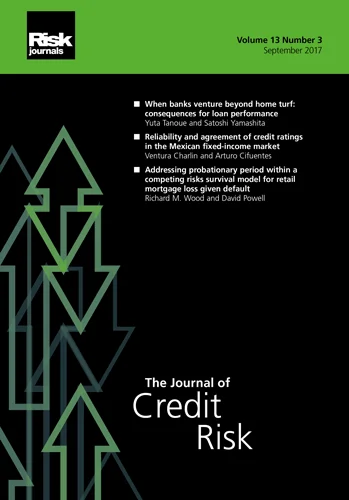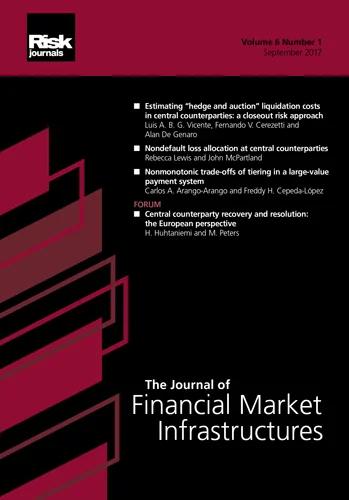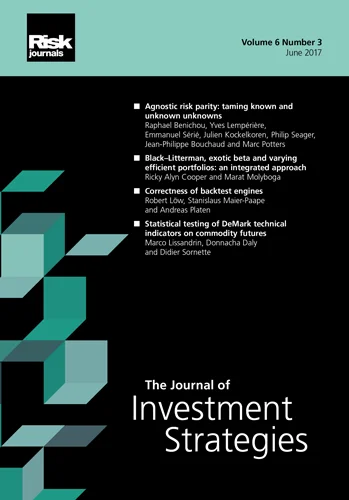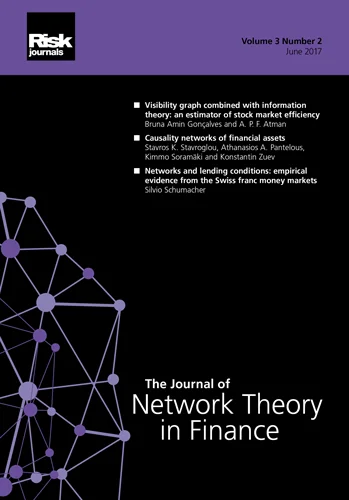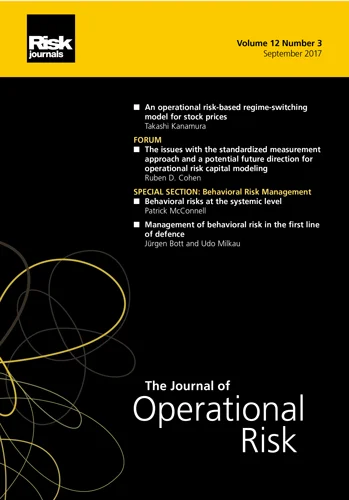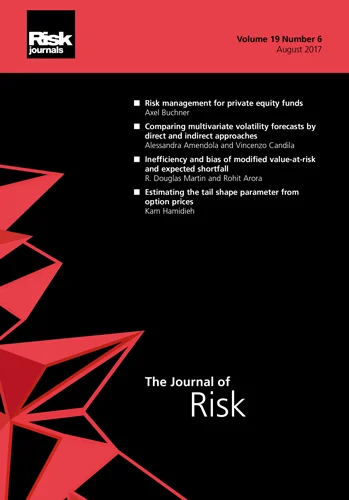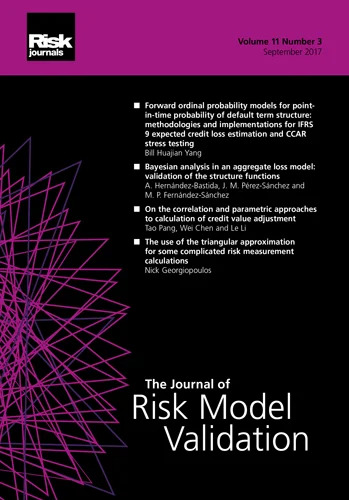Journal of Network Theory in Finance
ISSN:
2055-7809 (online)
Editor-in-chief: Ron Berndsen
About this journal
This journal is now closed for submissions and all archived content will remain accessible to subscribers. If you were hoping to submit a paper to this journal please consider our other titles.
Financial institutions and markets are highly interconnected, but only recently has literature begun to emerge that maps these interconnections and assesses their impact on financial risks and returns. The Journal of Network Theory in Finance is an interdisciplinary journal publishing academically rigorous and practitioner-focused research on the application of network theory in finance and related fields. The journal brings together research carried out in disparate areas within academia and other research institutions by policymakers and industry practitioners.
The Journal of Network Theory in Finance publishes data-driven or theoretical work in areas including, but not limited to:
- Empirical network analysis that enables better understanding of financial flows, trade flows, input-output tables, financial exposures or market interdependencies
- Modeling and simulation techniques for measuring interdependent financial risks
- New metrics and techniques for identifying central, vulnerable or systemically important institutions and markets in financial networks
- Network modeling of time-series data for financial risk management, asset allocation and portfolio management
- Social network analysis (SNA) in finance, such as using social network data for making credit and investment decisions
- Applied network visualization techniques that improve the communication of financial risks and rewards
- Analysis of counterparties and their risk exposure from interconnectivity with the financial system and regulatory strategies for improving financial stability
- Complex systems
- Econophysics
- Machine Learning
Abstracting and indexing: Clarivate Analytics Emerging Sources Citation Index; EconLit; EconBiz; and Cabell’s Directory
Latest papers
Large vector autoregressive exogenous factor (VARX) model with network regularization
In this paper the authors introduce a novel penalty method for the VARX model in the context of portfolio returns, which aggregates the information from the financial networks of portfolios.
Technical indicator selection and trading signal forecasting: varying input window length and forecast horizon for the Pakistan Stock Exchange
This paper investigates how input window length and forecast horizon affect the predictive performance of a trading signal prediction system.
Fractional differencing: (in)stability of spectral structure and risk measures of financial networks
This paper studies how correcting for the order of differencing leads to altered filtering and risk computation for inferred networks.
A block-structured model for banking networks across multiple countries
This paper develops a block-structured model for the reconstruction of directed and weighted financial networks spanning multiple countries.
A numerical simulation approach to study systemic risk in banking systems
The authors introduce a simple numerical algorithm to study banking systems subject to credit risk. The algorithm is based on a model that is completely defined by only two parameters.
Universalities in the dynamics of cryptocurrencies: stability, scaling and size
The authors explore the effects of market capitalization on the dynamics of cryptocurrencies within both returns and volatility networks and show that these cryptocurrencies exhibit scaling properties in volatility with respect to market capitalization.
In search of lost edges: a case study on reconstructing financial networks
In this paper, the authors review the different methods designed to estimate matrixes from their marginals and potentially exogenous information.
Structural systemic risk: evolution and main drivers
This paper analyzes how systemic risk structurally evolved between 2007 and 2017. The main contributions of the paper to the literature include the methodology, analysis and potential use for macroprudential policies.
Network sensitivity of systemic risk
Here, we address the more general problem of how shock propagation dynamics depend on the topological details of the underlying network. To this end, we consider different realistic network topologies, all consistent with balance sheet information…
The econophysics of asset prices, returns and multiple expectations
The author models interactions between financial transactions and expectations and describe asset pricing and return disturbances.
Estimating the contagion effect through the portfolio channel using a network approach
This work studies contagion risk through the portfolio investment channel using network analysis and simulation on bilateral cross-country data.
Interdependencies in the euro area derivatives clearing network: a multilayer network approach
This paper provides insight into how the collected data pursuant to the EMIR can be used to shed light on the complex network of interrelations underlying the financial markets.
Mapping bank securities across euro area sectors: comparing funding and exposure networks
In this paper, the authors present new evidence on the structure of euro area securities markets using a multilayer network approach.
Scoring models for roboadvisory platforms: a network approach
In this paper, the authors show how to exploit the available data to build portfolios that better fit the risk profiles of investors. This is made possible, on the one hand, by constructing groups of homogeneous risk profiles based on user responses to…
The liquidity of credit default index swap networks
Credit rating analysis based on the network of trading information
In this paper, the authors investigate a credit rating problem based on the network of trading information (NoTI).
Default cascades and systemic risk on different interbank network topologies
This paper examines the relationship between the topology of interbank networks and their ability to propagate localized, idiosyncratic shocks across the banking sector via banks’ interbank claims on one another.
Financial statement networks: an application of network theory in audit
What do central counterparty default funds really cover? A network-based stress test answer
Harmonic distances, centralities and systemic stability in heterogeneous interbank networks
This paper investigates the effects of contagion in interbank-lending networks, with a special focus on the theoretical grounding of centrality measures.
